Fungifriday -17/01/2025 " tiny mushrooms and brightly colored mushrooms
Good morning fellow mushroom hunters, warm greetings to all of you, have a good rest, have a good activity and have a good weekend, whatever you are doing now.
Yes, okay, today of course we are back together again making a post about mushroom plants this Friday. Of course I have also prepared it in writing this post. In this moment or on this occasion I am very happy to still be able to participate in the #fungifriday community organized by @ewkaw as the host or provider of this great place.
This is my contribution to the #FungiFriday challenge by @ewkaw .
And here are some pictures of mushrooms that I present here for all of you, this time I found mushroom plants type Pycnoporus cinnabarinus, here it is:
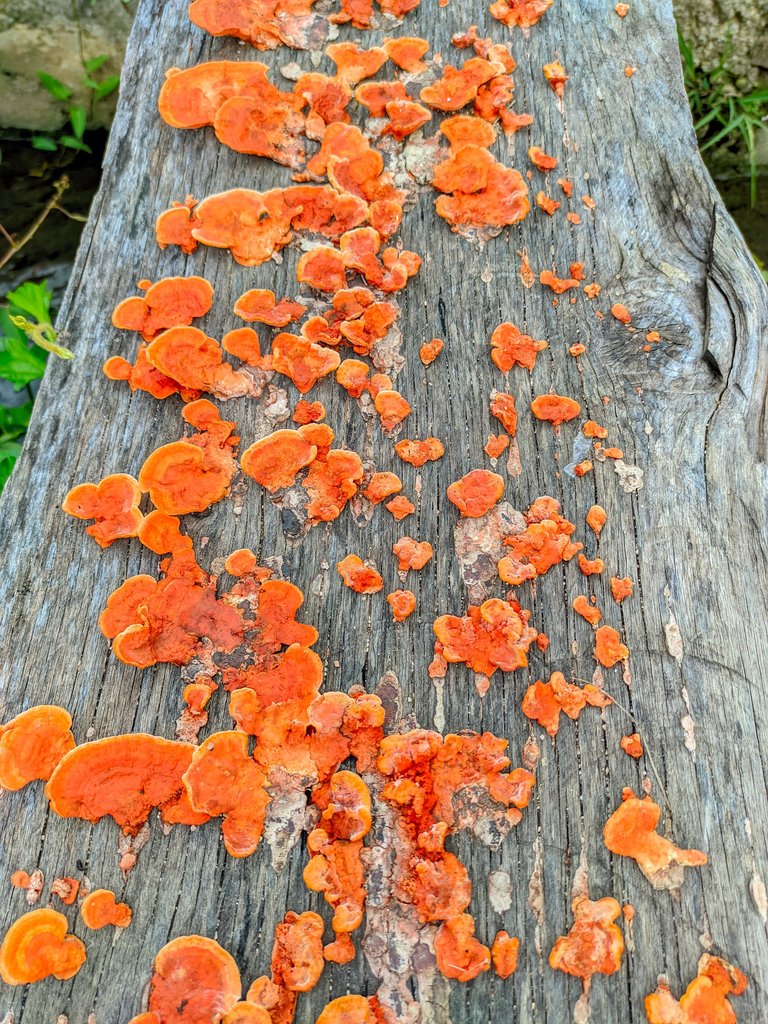
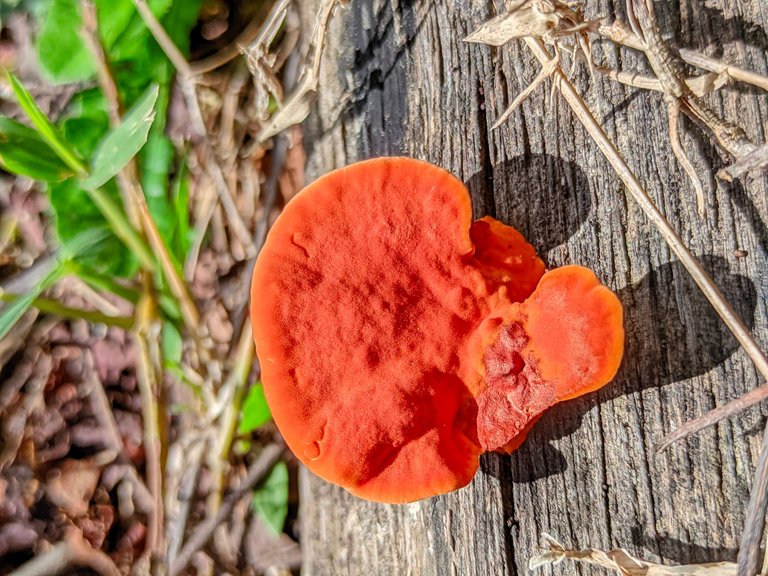
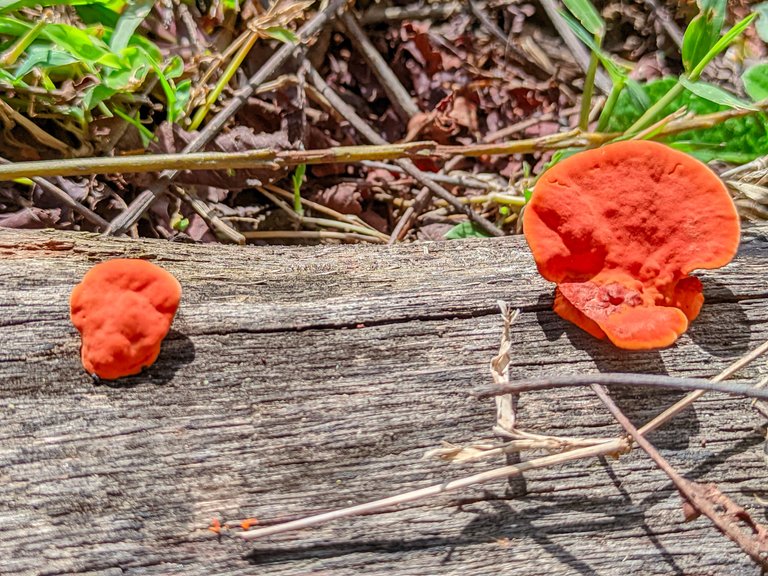
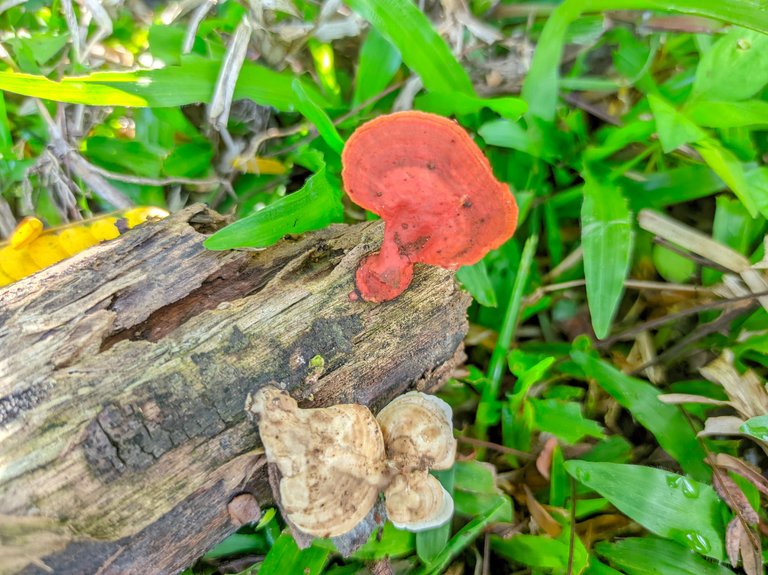

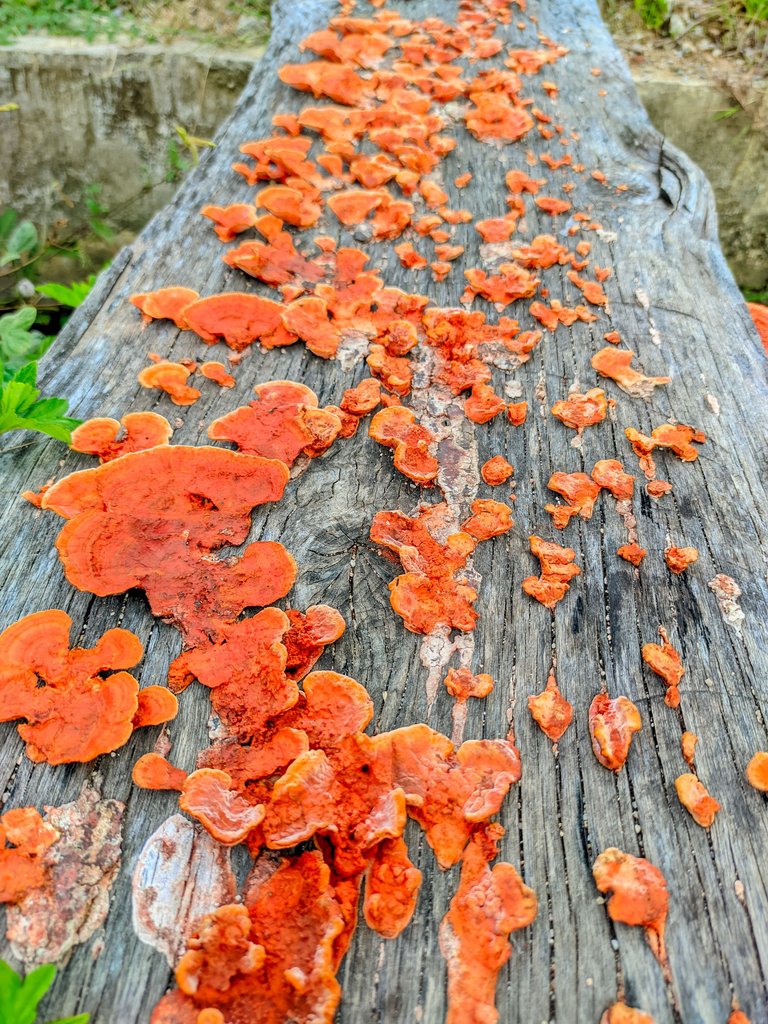
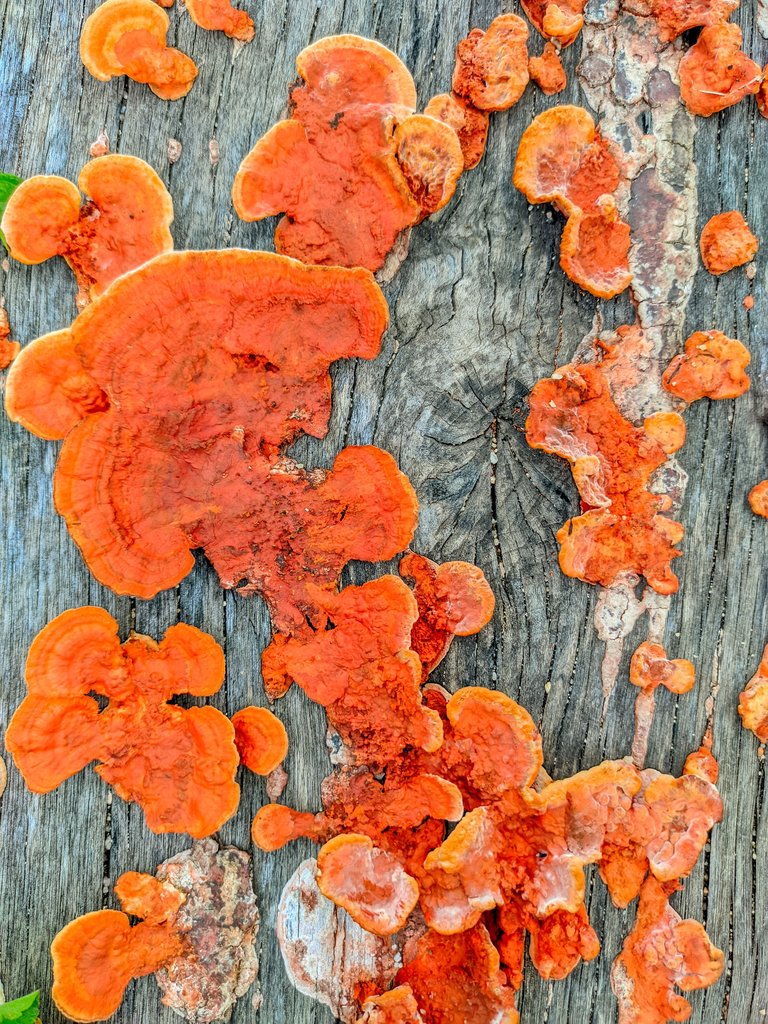
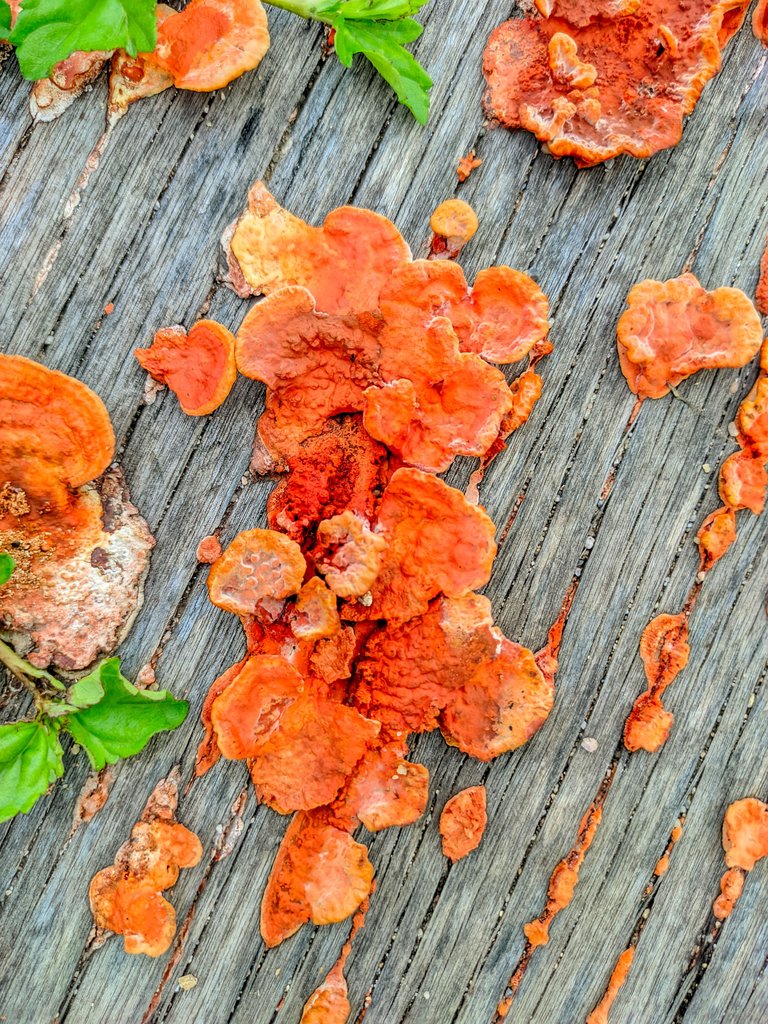
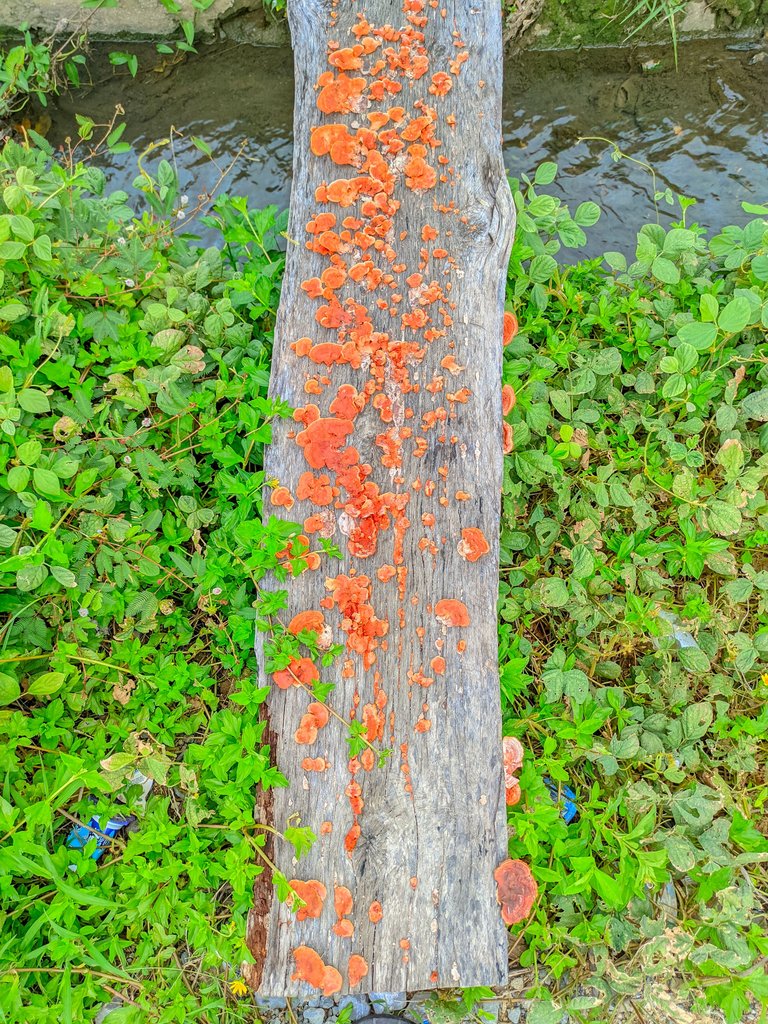
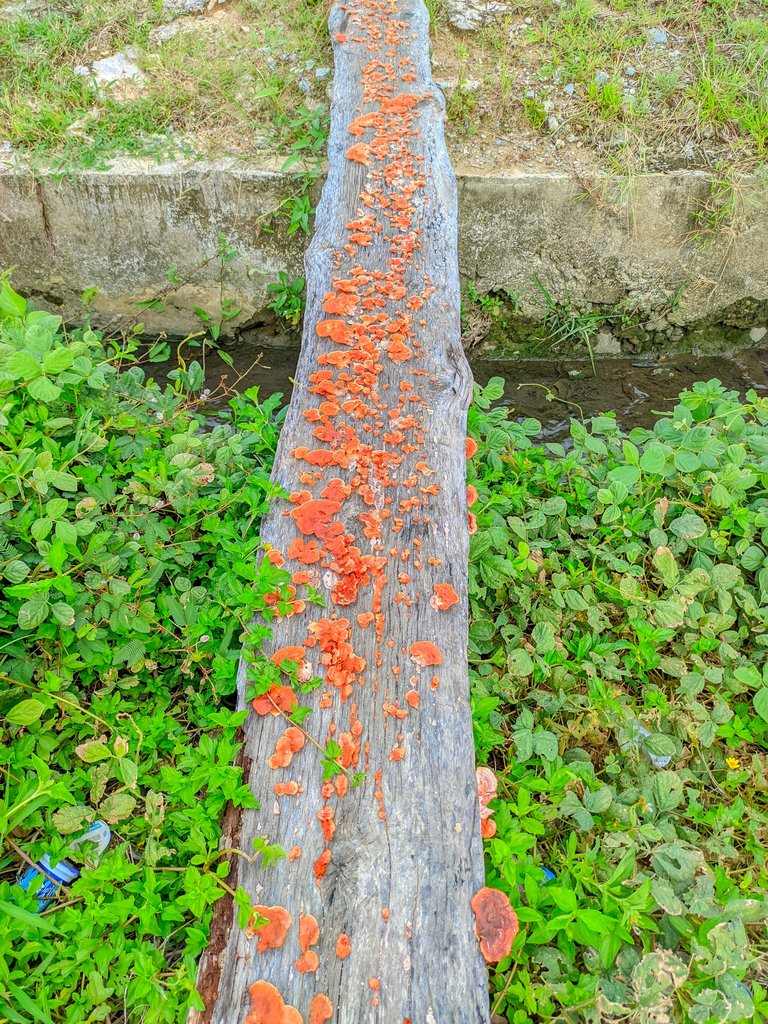
Pycnoporus cinnabarinus, also known as cinnabar polyporous fungus, is a white rot-decomposing saprophytic fungus. The fruiting body is a bright orange shelf fungus. This fungus is common in many areas and is widespread throughout the world. This mushroom is not edible. This fungus produces cinnabarin acid to protect itself from bacteria.
Kingdom: Mushrooms
Division: Basidiomycota
Class: Agaricomycetes
Order: Poliporal
Family: Polyporaceae Flowers
Genus: Pycnoporus
Type: P. cinnabarinus
Usually here we call it orange mushroom, which is the local name because the color of the mushroom is orange.
So then I also got another mushroom, namely the Coprinellus micaceus type, here it is:
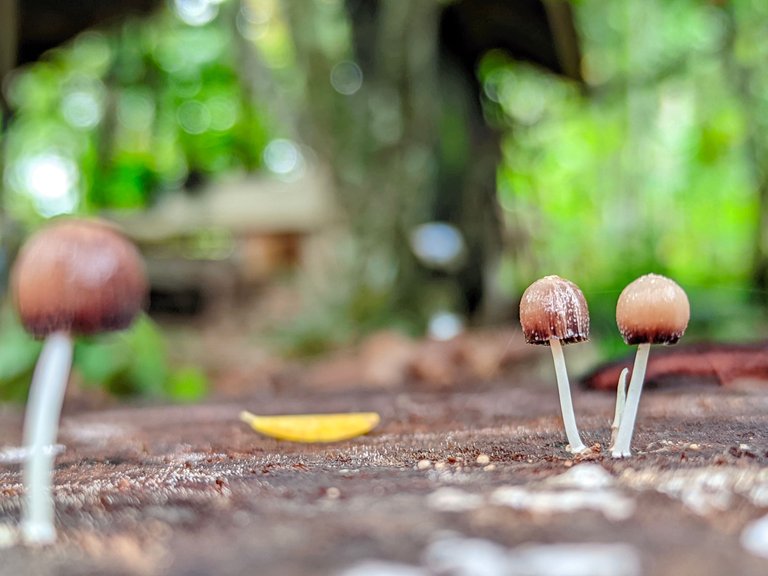
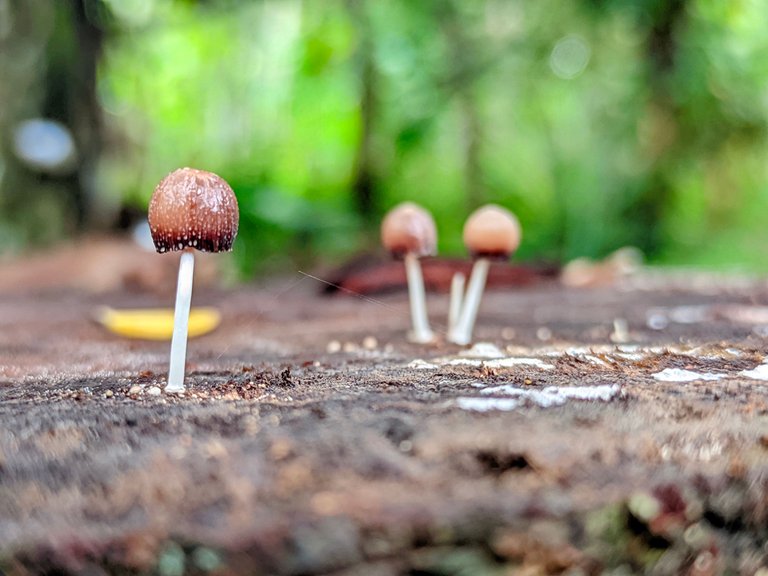
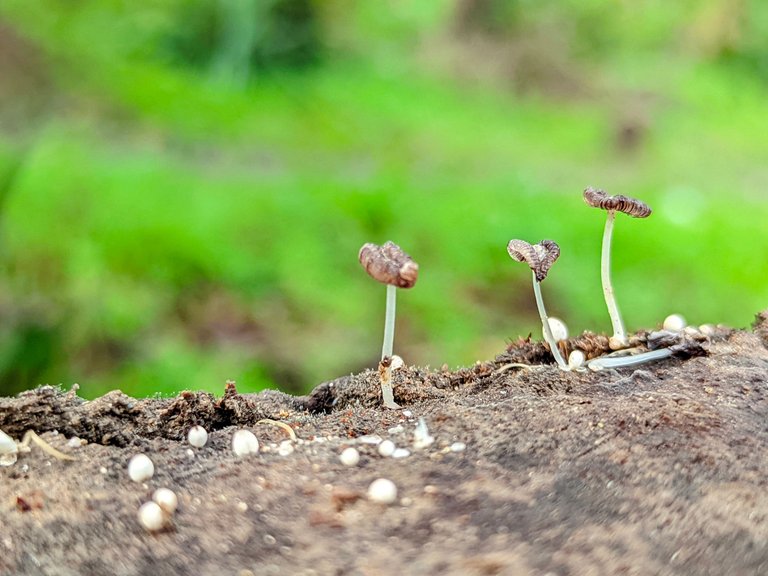
Coprinellus micaceus is a common fungal species widely distributed in North America, usually growing in rotting wood.
This mushroom can be found from spring to early winter. Appears in small to medium clumps. It can be recognized by the fine mica-like grains that decorate its new hood, although rain often washes them away. The color varies, but is usually honey brown or yellow. This mushroom is edible, but potentially poisonous if collected from roadsides or contaminated soil.
A brief description of this fungus is that the cap of C. micaceus is 2–5 cm wide, cylindrical to oval and conical until finally shaped like a bell; yellow-brown in color, covered with shiny granules; the flesh is thin, soft, and white.
Lamellas notched, closing; white-pink in color until finally black.
The stalk is brownish white at the base, 2–5 mm in diameter, and 4–10 cm high.
Spores measuring 7.5-10 x 3-5 μm, elliptical, smooth with apical germ pores. The spore print is black.
Kingdom: Fungi
Phylum: Basidiomycota
Class: Agaricomycetes
Order: Agaricales
Family: Psathyrellaceae
Genus: Coprinellus
Species: C. micaceus
The habitat of C. micaceus is in or near stumps, it can also be found in rotten wood, or buried wood.
[Source: https://id.m.wikipedia.org/wiki/Coprinellus_micaceus]
I also often find this mushroom, and it is true that this orange mushroom is really beautiful.